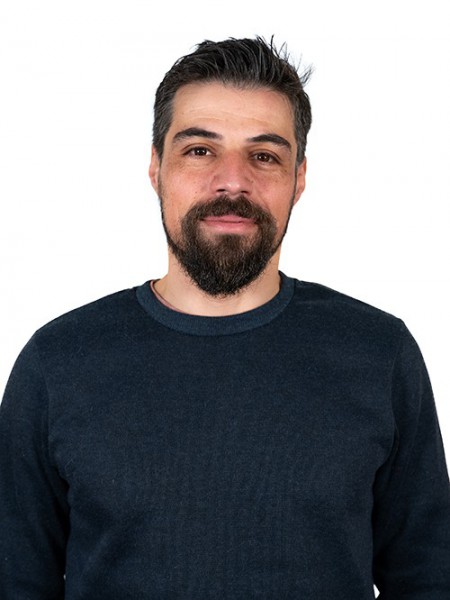abstract
Porphyrins are an important class of ligands with a tremendous ability to capture metal ions closely related to the rich coordination chemistry of porphyrins. Herein we use this characteristic to develop silica gel grafted derivatives for water remediation applications. Therefore, two porphyrin derivatives, one with three and the other with four mercaptopyridyl units were grafted on silica gel functionalized with 3-aminopropyltriethoxysilane. The new adsorbents Si3PyS and Si4PyS were characterized using a suitable set of techniques confirming the covalent attachment of the porphyrins to the silica surface. Additionally, microscopy and N2 adsorption analysis confirmed the structural integrity and preservation of the mesoporous structure of Si during surface modification. The results show that both hybrid materials exhibit good chemical and thermal stability and an outstanding Cu2+ removal capability, with a chemical adsorption capacity of 176.32 mg g-1 and 184.16 mg g-1, respectively. These materials have also been used in real water and industrial wastewater samples with minimal interference in their adsorption capabilities. Density Functional Theory calculations were performed to confirm the good performance of the hybrid materials Si3PyS and Si4PyS towards metal ions. The functionalization of silica surface with porphyrin-based ligands bearing additional binding motifs drastically improves the adsorption capability of the new hybrids towards metal ions. The presence of pyridyl units brings a meaningful advantage, since both porphyrin core and appended pyridyl groups are able of binding Cu2+ ions with high affinity, contributing to the enhancement of the chelating features of the adsorbents prepared when compared with other ligands supported in silica-based materials.
keywords
HEAVY-METAL IONS; HOMO-LUMO GAP; FUNCTIONALIZED SILICA; AQUEOUS-SOLUTIONS; EMERGING CONCERN; ADSORPTION; REMOVAL; CU(II); CD(II); EFFICIENT
subject category
Engineering
authors
El Abiad, C; Radi, S; El Massaoudi, M; Lamsayah, M; Figueira, F; Faustino, MAF; Neves, MGPMS; Moura, NMM
our authors
acknowledgements
The authors acknowledge to University of Aveiro, to FCT/MCTES, and to the Portuguese NMR Network. NMM Moura and F Figueira thanks FCT (Fundacao para a Ciencia e Tecnologia) for funding through program DL 57/2016 - Norma transitoria (CDL-CTTRI-048-88-ARH/2018 and CDL-CTTRI-168-89-ARH/2018, respectively) .


